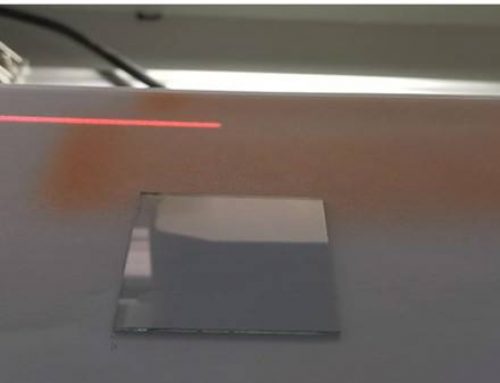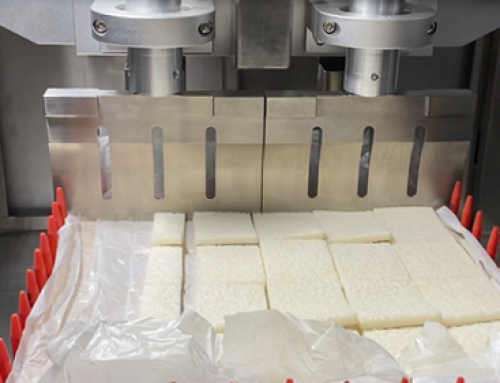Spray Fluxing

Applying Solder Flux Using Spray Methods
Spray fluxing began in the late 1980s, when no-dean fluxes first appeared as alternatives to thebanned Freon for deaning flux residues fromPCBs. However, these new fluxes did not performverywell when applied by traditional foam or wavetechniques. Spray fluxing eliminated the problem sassociated with foam and wave fluxing: lack ofprocess control; solvent evaporation; non-uniformflux deposition; the constant need to titrate, andfrequent dumping of the flux pot.
However, no-clean fluxes have their ownprocess challenges. Because the percentage ofactive materials is generally low in comparison totraditional fluxes, process cntrol becomes veryimportant. Some critical process parameters inspray fluxing include: uniformity of deposition; repeatability of deposition from board to board;the amount oflux deposited per unit area; preheattemperature and temperature profile; the ability ofthe flux to penetrate up through-hole barrels to the topside and solder pot temperature. If any parame-ter is outside acceptable limits, the process is likelyto produce poor results.
Spray fluxing equipment manufacturers mustassure that their equipment operates with alltypes of flux, provides uniform, repeatabledeposition over a wide range of flow rates, andcan deliver a spray with sufficient velocity toachieve good topside fllts, a particularly diff-cult assignment with VOC-free fluxes on bare copper boards. In addition, theoptimum spray fluxer must be reli-able and easy to maintain.
The acceptable tolerance fordeposition uniformity has become tighter as quality standards havebeen raised. In the early days ofspray fluxing, 25 percent variationsin uniformity were consideredacceptable. Today, users expect lessthan 10 percent variation, which allleading spray fluxers can achieve. Repeatability, the variation in depo-sition from one PCB to the next, ison the order of l percent.
Other operating conditions arealso important. To achieve goodtopside fllts, the spray fluxing made synchronous with the movementof the conveyor.
Both types can provide acceptableresults, although the reciprocating type isprone to mechanical failure because of itsmoving spray mechanism. In addition, thedeposition uniformity of reciprocating spray fluxers is inherently flawed by theoverlap in coverage required between suc-cessive passes across the assembly. Recent-ly, some manufacturers of reciprocatingspray fluxers have improved the overlapissue by spraying only in one direction:the traverse during which the arm motionhas a velocity component that is in thesame direction as the path of the PCB.
Ultrasonic Reciprocating Spray Fluxing System Video
Recommended Equipment
Ultrasonic Atomization Nozzle
Laboratory Ultrasonic Coating System
UAM3000 Ultrasonic Medical Devices Spraying
UAM4000 Desktop Ultrasonic Spraying Equipment
UAM6000 Ultrasonic Spraying Machine
UAL100 Ultrasonic Dispersion Syringe Pump
LULP500 Ultrasonic Laboratory Device
Prosonic1000 Industrial Ultrasonic Device
Prosonic3000 Most Powerful Ultrasonic Processor






